Performance
- It’s a great time to be a suckler farmer!
- 2025 has been a great year 1.3kg/hd/day ADG on calves
- Apply fertiliser to extend the grazing season
- Use ICBF report to evaluate cows performance and genetics
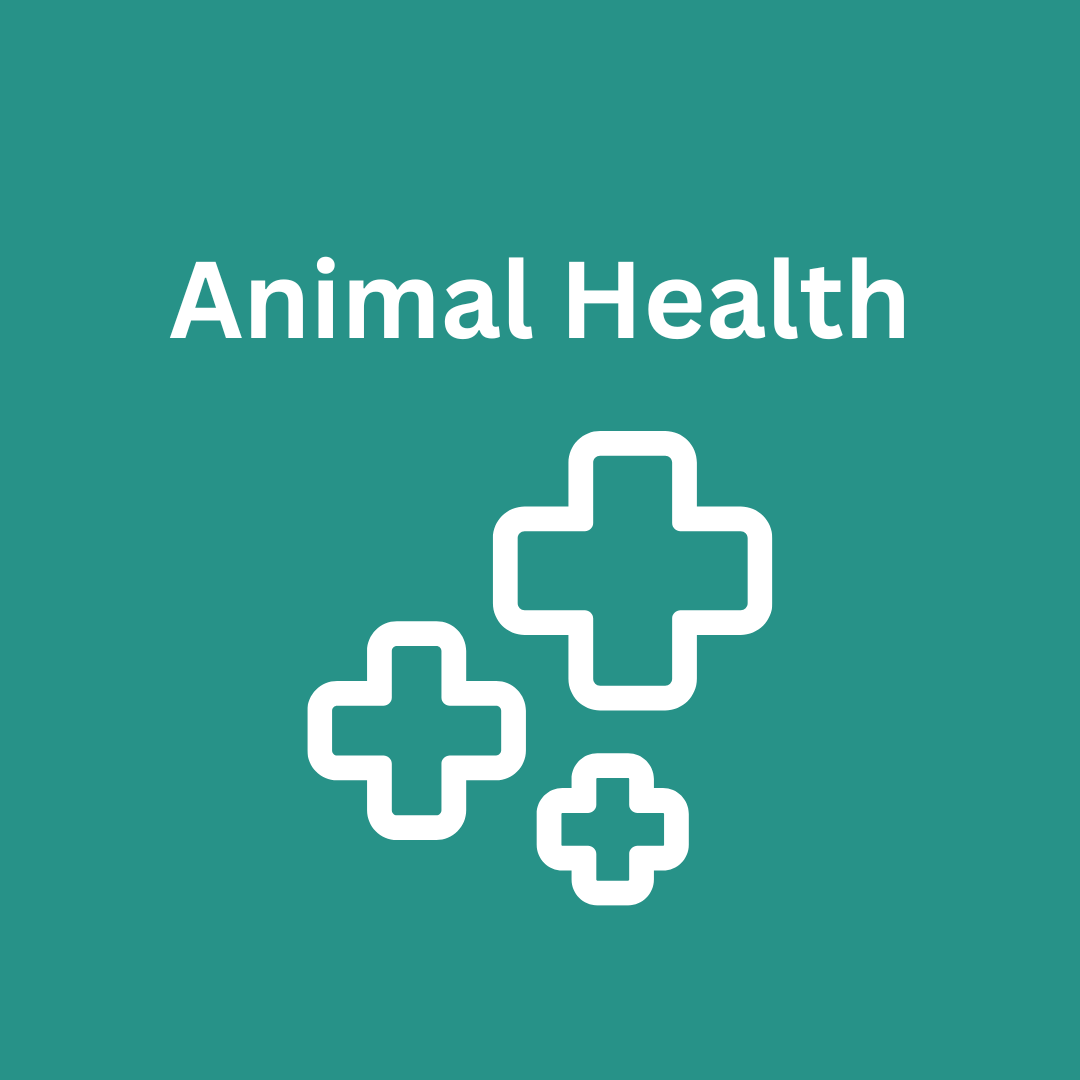
Here in the east of the country, we’ve had a shortage of grass for parts of the summer, but the recent rain has really helped it recover. Over the last two weeks, (last week in august, first week in September), I’ve applied 20 units of nitrogen per acre across the whole farm, either in the form of Pro Urea or the remainder of the 18-6-12 I had left in my allowance. I have also applied 140 tonnes of lime at a rate of 1 -1.5 tonnes per acre on most of the farm, I have another 40 tonnes plan to apply before the end of the year. This with the extra phosphorous has really driven on grass growth but also the clover content of the swards. I need grass for my ewe flock, as they’ll be going in with the ram around the 10th of October, and I also want to keep the cows and heifers out as long as possible.
The calves have performed very well over the summer. I weighed them on the 4th of September, from the ICBF weanling performance report (Figure 1), the bull weanlings had a 200-day weight of 311 kg—18 kg heavier than last year—while the heifers came in at 301 kg, a full 31 kg heavier than last year. Their average daily gain was 1.32 kg/head/day for the bulls and 1.29 kg/head/day for the heifers.
The bulls are on target to be finished as under-16-month bulls, while the heifers could all be bulled at 15 months to calve at 24 months. Once the weather turns wetter, the bulls will be housed first. They’ll go on 3 kg of meal per head per day and will perform better in the shed. Similar weanlings to mine, weaned and vaccinated are being sold in the marks to >€2,000 per head. It wasn’t too long ago that a finished bull was making less than that.
I like this report because it brings every calf to a predicted 200-day weight. It allows for later-born calves and lets me compare the milk and genetics of all the cows.
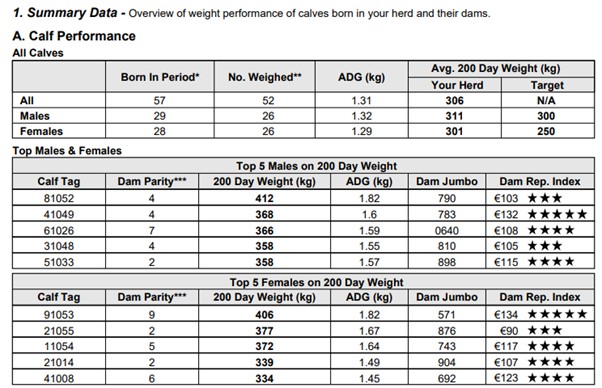
Figure 1: ICBF weanling performance report
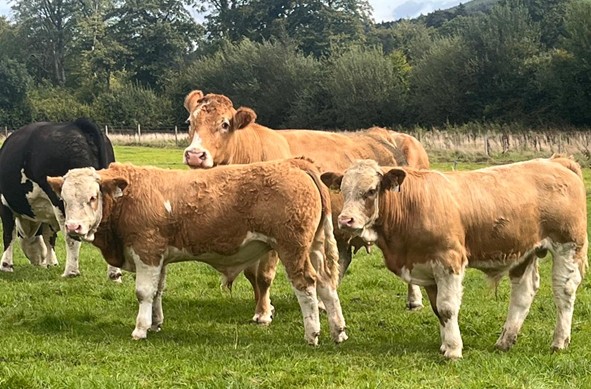
Figure 2 2025 Spring born calves
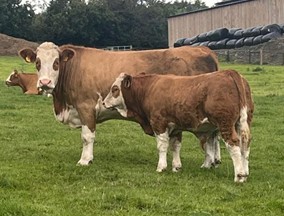
Figure 3: 2025 Spring born calves from the Simmental bull
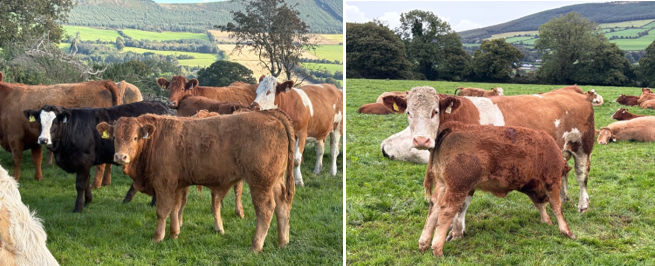
Figure 4: 2025 Spring born calves from the Limousin bull
The ewes are in good condition
I gave the ewes a mineral drench last week and went through them all. I pulled out the ones that lambed as ewe lambs and any thin ewes for preferential treatment to help them build condition. They’ve all been foot-bathed with zinc sulphate every month or so and lameness isn’t really an issue. Before they go to the ram, they’ll get two mineral boluses, as the farm is low in copper, selenium and iodine.
I’ve kept 68 ewe lambs as replacements and they’ll go to the ram to lamb as ewe lambs. After that, I’ve only 25 lambs left for sale. Because I was tight on silage, I decided to feed the lambs concentrate this year to help build reserves. I worked out that, on average, they received €10.71 to €11.00 worth of concentrate for the year. Once weaned in June, the lambs ran with the cows and calves all season. This gave them better grass and the mix of bovine and ovine helped reduce their worm burden, all of which improved performance.
The calves have only received one dose so far this year. When I heard some coughing, they got Curazole, a white drench.
Pre-housing dose
Before housing, I’ll give them an ivermectin dose for gut and lung worms. Ivermectin has a 28-day persistency for lungworm, allowing any damage in the lungs to heal before they’re housed. This will cover them while they’re being weaned and still on creep feed. They will have to get another dose at housing for worms. I don’t have fluke on the farm so I don’t dose for it.
Pneumonia
When they were weighed, the weanlings got their first shot of Bovipast for pneumonia. They’ve started on creep feed and, in four weeks, they’ll get their second Bovipast shot along with an IBR injection.
The ewe lambs will also get a shot of Toxovax, which must be given at least three weeks before they go to the ram.
Beef
All cows and heifers have been scanned. This year I decided to synchronise the heifers and use AI. Both my bulls are strong, and I want another year of LM calves before trying them on the heifers. Nine out of the 12 heifers AI’d are in calf, which I’m happy with. The other three will be fattened and finished before Christmas.
The cows were divided into two groups: 26 went with the Simmental bull, with only two not in calf. Twenty-eight cows went with the LM bull, where eight scanned empty. Among these were a first, second and third calver, plus one old cow. The other four were late calvers, so I plan to scan again in early October—some of them may yet prove in calf. Then I’ll decide whether to keep them and calve them next year or sell them as in-calf heifers. From talking to other farmers they could be making between €3,000 – €3,500 per head, in calf, if they meet the SCEP scheme.
Sheep
I bought three new rams:
They have all had their NCT and are in great condition to go in with the ewes in October. I will let in teaser rams two weeks before I plan to breed to try and tighten up the lambing. They will have a no mate harness on, which I finds works well. The rams used are the ones that go in for the second cycle, so they will have a rest between teasing and mating. I find it works really well.
All rams are SIS eligible.

Figure 7 Two Suffolk rams purchased 2025
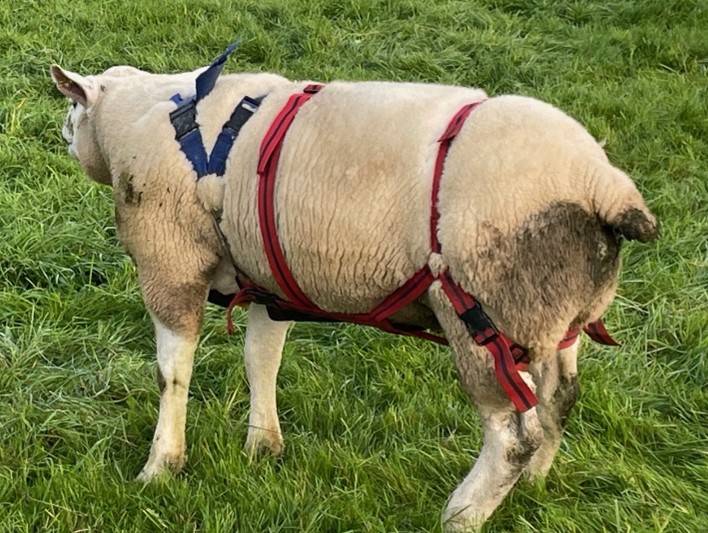
Figure 8 Ram wearing a “No mate harness”, used for teasing.

Figure 9 Team of rams – NCT’d and ready for the breeding season ahead.